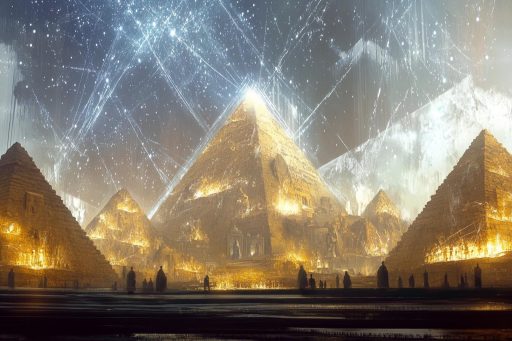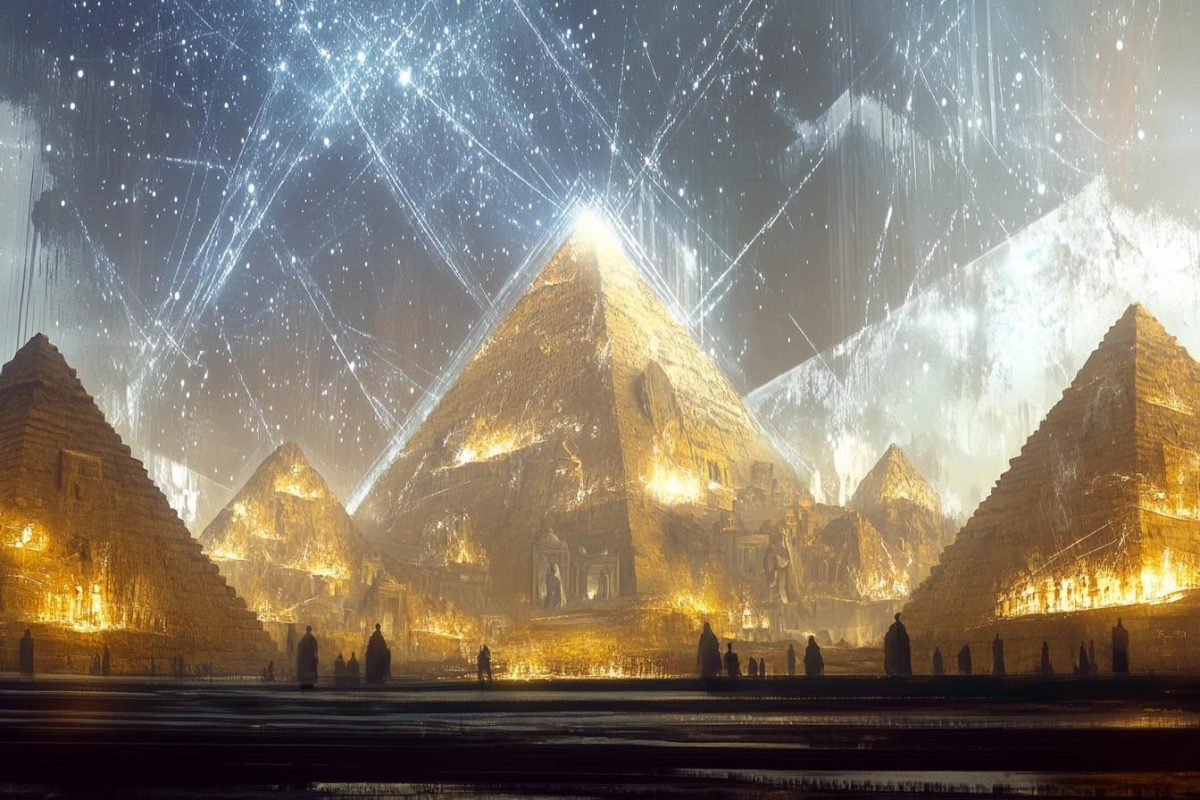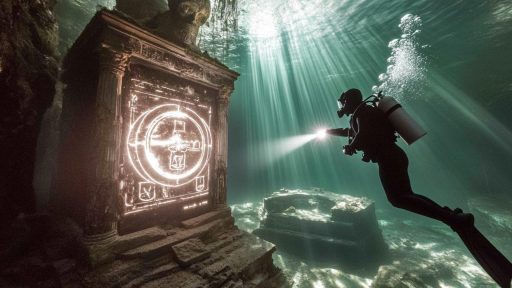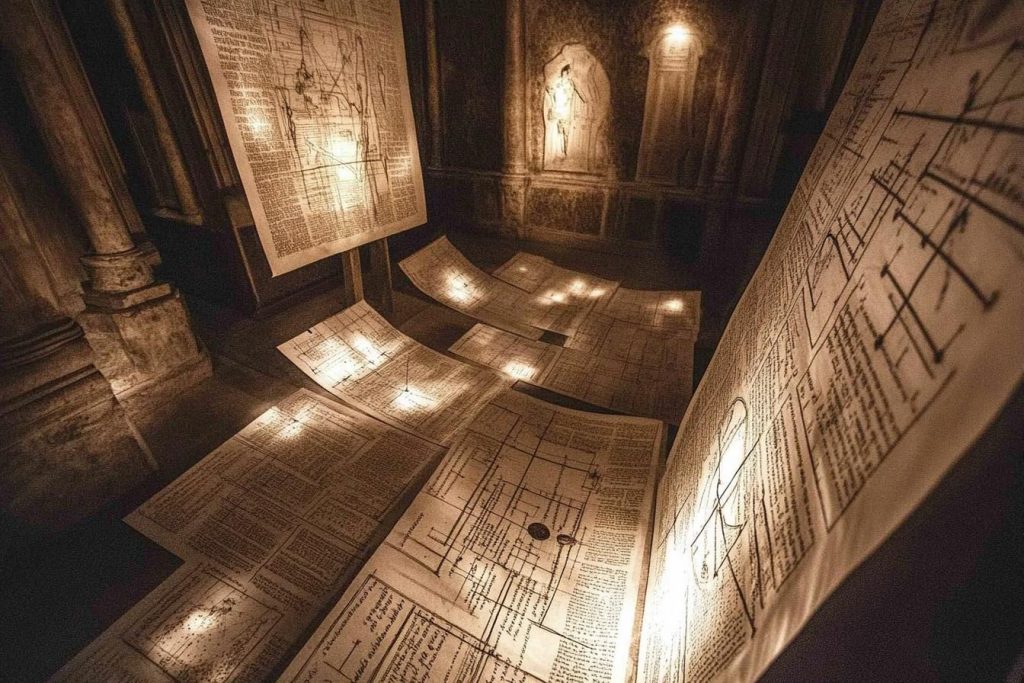
Space has always held mysteries beyond human comprehension—but what if some of its secrets were discovered long before modern science took hold? From ancient civilizations spotting cosmic phenomena to strange relics that suggest otherworldly encounters, clues from the distant past challenge everything we thought we knew about the cosmos. These aren’t just legends—they’re discoveries that hint at a deeper, stranger relationship between early humans and the stars. The past may hold more answers about the universe than we ever imagined.
Ancient Star Map Carved into Stone

Discovered in Scotland, the Cochno Stone features intricate carvings believed to be over 5,000 years old. Some researchers argue that these petroglyphs form a star map far more advanced than anything expected from that era. The alignments suggest astronomical knowledge of celestial events, including eclipses and planetary motion. Could ancient people have understood the skies in ways we’ve yet to rediscover?
The Babylonian Tablet That Predicted Jupiter’s Path
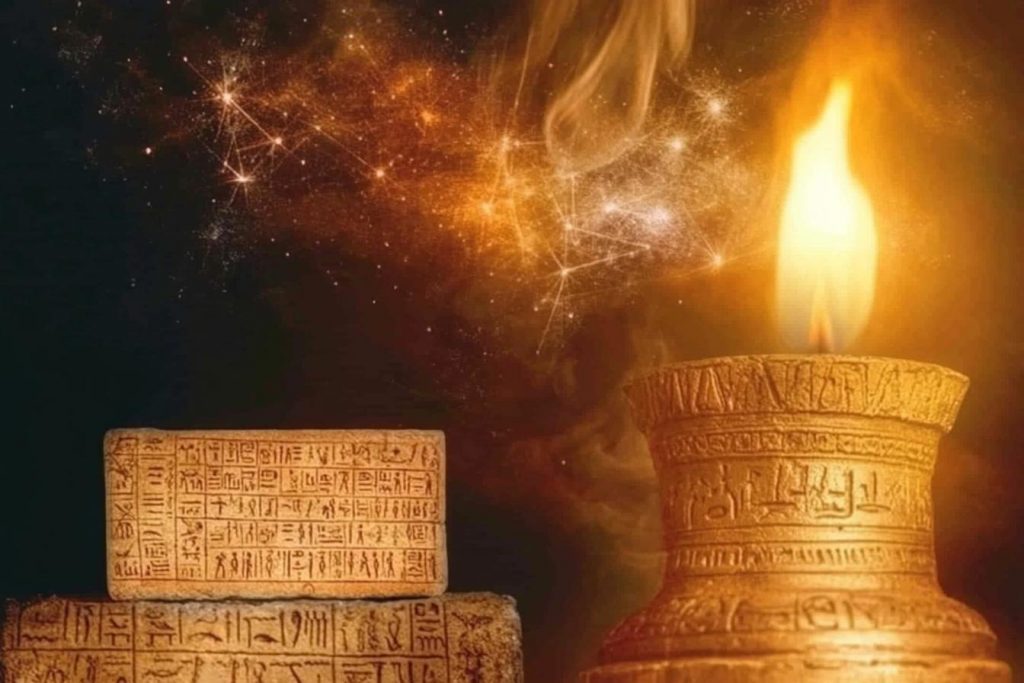
A 2,000-year-old clay tablet from Babylon shocked historians when it was revealed to contain accurate calculations of Jupiter’s trajectory. Using surprisingly advanced geometry, the tablet demonstrates predictive astronomy centuries ahead of its time. The technique wasn’t believed to exist until 14th-century Europe. Its existence raises questions about lost knowledge and forgotten genius.
The Mysterious Metal from the Stars in King Tut’s Dagger

X-ray analysis of a dagger found in King Tutankhamun’s tomb revealed its blade was forged from meteoric iron. This means the ancient Egyptians not only recognized the metal’s origin but valued it enough to craft a ceremonial weapon. The blade’s quality and origin suggest a deep reverence—and possibly even rituals—connected to objects from the sky. It’s a cosmic connection wrapped in royal legacy.
The Alignment of the Pyramids with Orion’s Belt
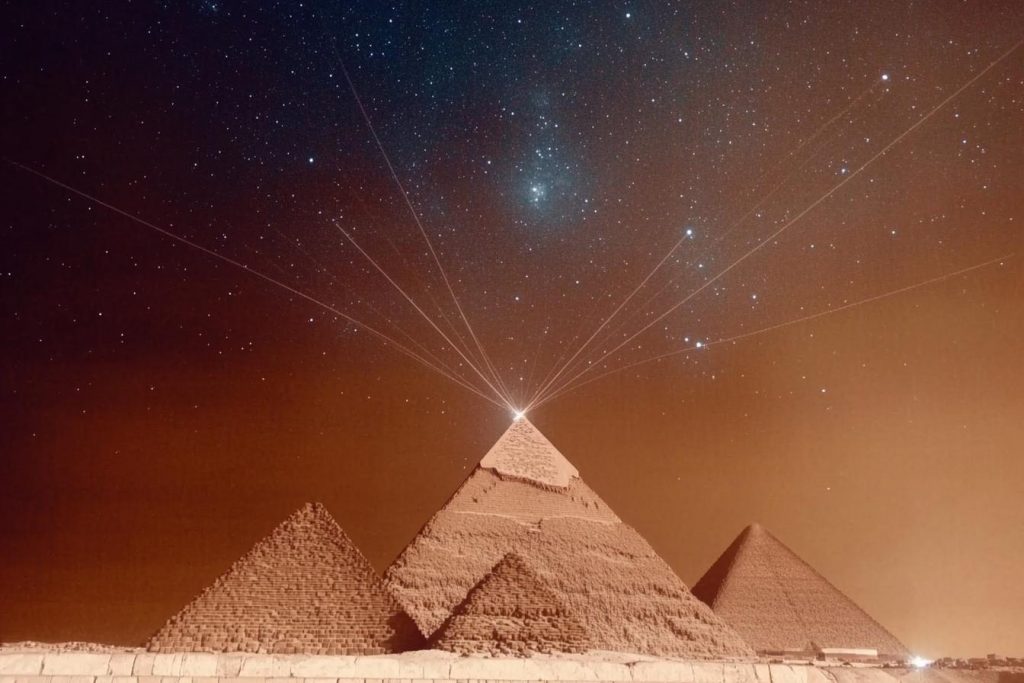
The Great Pyramids of Giza align almost perfectly with the stars in Orion’s Belt, a fact that has puzzled archaeologists and astronomers alike. This stellar symmetry hints at deliberate design, possibly tied to ancient Egyptian beliefs about the afterlife and the heavens. How these alignments were calculated with such accuracy remains unknown. Was it religious devotion, scientific brilliance—or something else entirely?
Maya Observatory That Tracked Venus
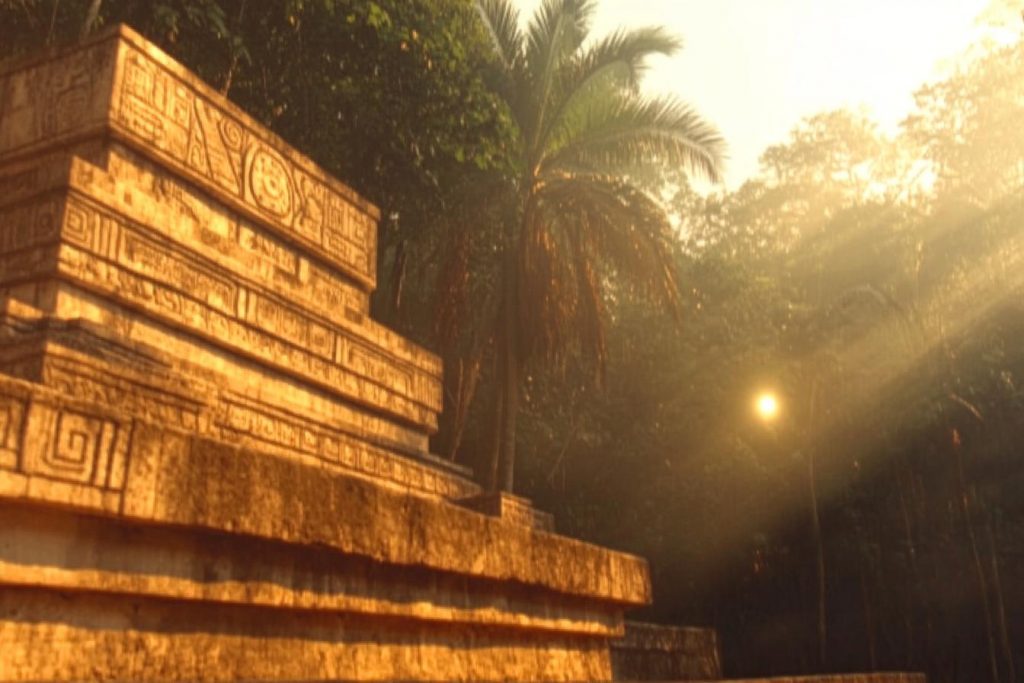
In the ruins of Uxmal and Chichén Itzá lie ancient observatories built by the Maya to chart the movements of Venus. Their calendar systems and predictions of celestial cycles were astonishingly precise. They tracked Venus as a symbol of both war and renewal, using it to guide major events. This cosmic synchronization shows a society deeply attuned to the rhythms of space.
The Nebra Sky Disk
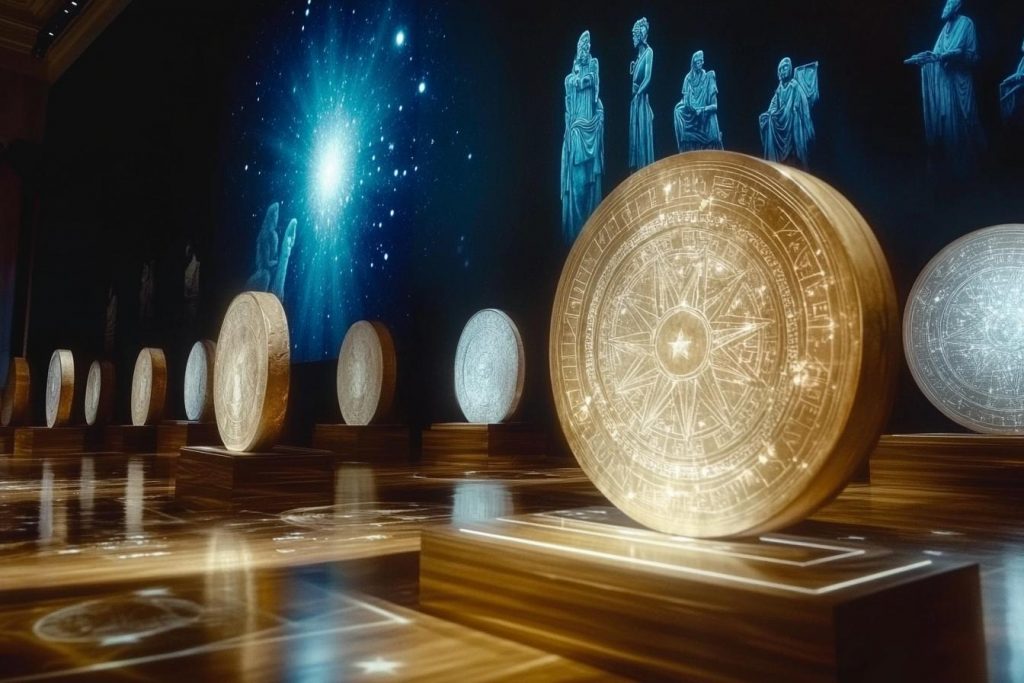
Unearthed in Germany, the Nebra Sky Disk is a bronze artifact over 3,600 years old that depicts the sun, moon, and stars—including the Pleiades. It’s considered one of the earliest known depictions of the cosmos, showing both artistic flair and astronomical accuracy. The disk suggests that Bronze Age societies may have held complex beliefs about the heavens. Its very existence rewrites the timeline of space awareness.
The “Black Knight” Satellite Theory
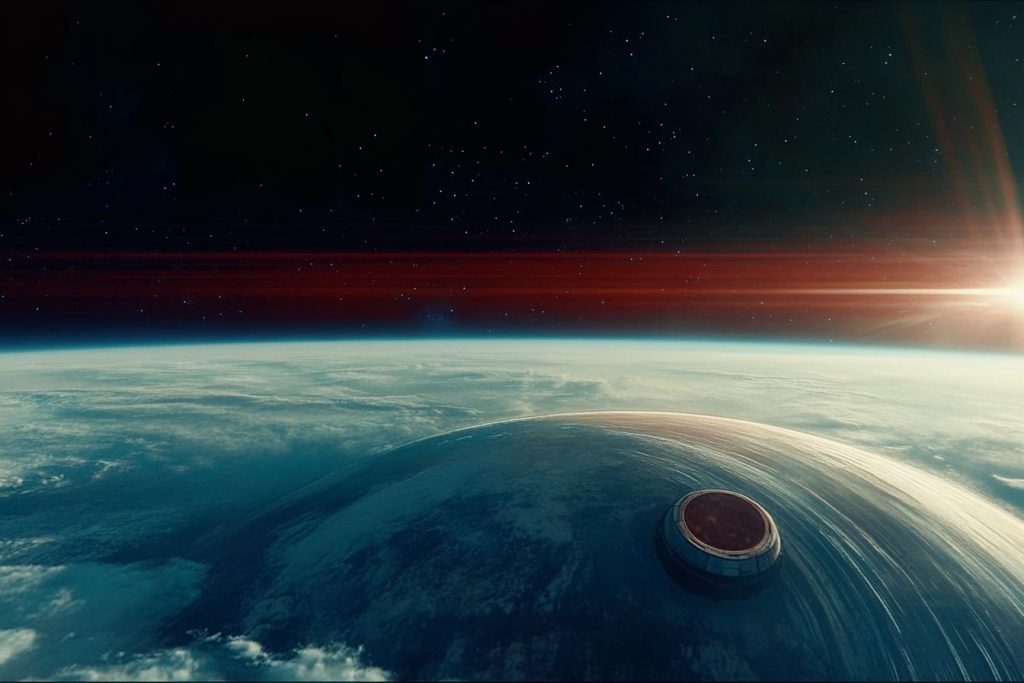
Conspiracy or reality, the so-called Black Knight satellite has intrigued theorists for decades. Based on ancient accounts and modern photographic evidence, some believe it’s an alien probe orbiting Earth for over 13,000 years. While NASA dismisses it as space debris, the satellite-like object’s origin remains a mystery. Could an ancient civilization have spotted it—and documented it long ago?
Prehistoric Cave Paintings That Depict Supernovae

Cave paintings in Chaco Canyon and Australia depict symbols that may correspond with known supernova events. These stellar explosions, visible to the naked eye for weeks, likely made a profound impact on early humans. Some scholars believe the art reflects not just awe but careful astronomical recording. If true, it means ancient observers were cosmic chroniclers of rare celestial cataclysms.
The Antikythera Mechanism
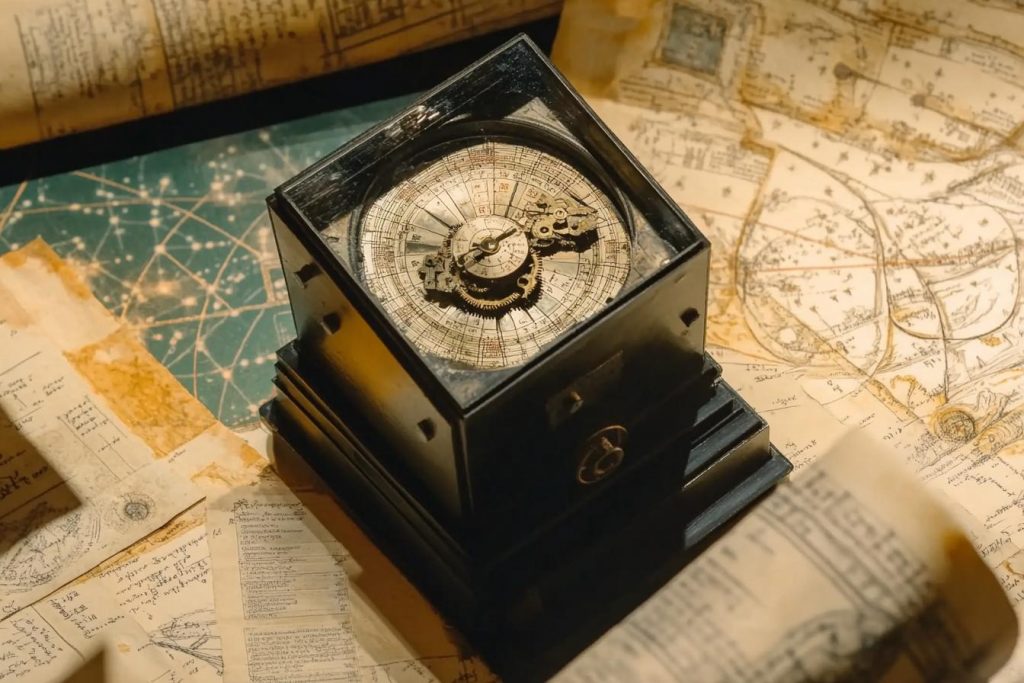
Found in a shipwreck off the coast of Greece, the Antikythera Mechanism is an ancient analog computer designed to predict astronomical positions and eclipses. Dated to around 100 BCE, it featured gears and calculations rivaling 18th-century clockwork. No other technology like it appears for over a millennium. It’s a time-warping anomaly that suggests advanced space science far earlier than expected.
The Nazca Lines’ Celestial Purpose

Stretching across Peru’s desert floor, the Nazca Lines form vast images only fully visible from the air. Some of these shapes align with solstices, star clusters, and planetary paths. Were these lines a kind of observatory, ritual landscape, or cosmic message? Whatever their purpose, the connection to the skies cannot be ignored—and might hint at space-focused thinking in prehistoric times.
The Sumerian Texts That Describe Planets We Only Recently Found
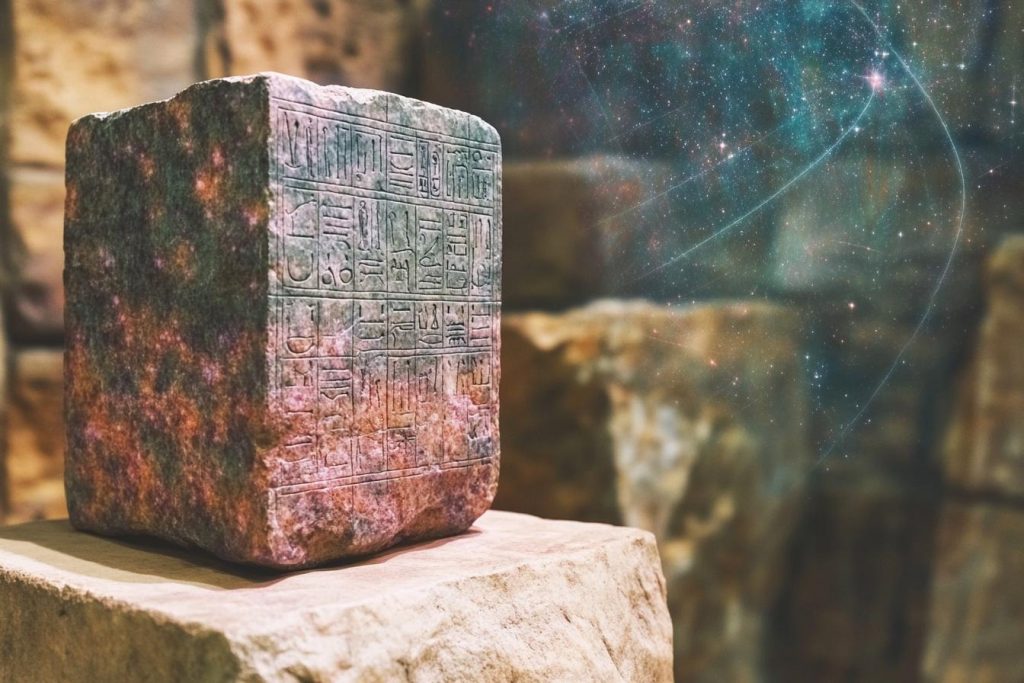
Ancient Sumerian tablets reference planets like Uranus and Neptune—worlds not visible to the naked eye. Some interpretations suggest these texts describe a detailed cosmology, including a mysterious twelfth planet named Nibiru. Whether myth or misunderstood record, these writings spark debate about how much the ancients really knew. Could ancient eyes have glimpsed more than we give them credit for?
The Past Was Always Looking Up

As we venture further into space with rockets and satellites, we’re slowly beginning to realize that humanity’s fascination with the stars didn’t begin with telescopes. These ancient discoveries reveal that early civilizations were tracking, interpreting, and even worshiping the cosmos in ways both poetic and profound. Some mysteries remain unsolved, others newly illuminated—but all of them suggest the universe has always been part of our story. Perhaps the past holds the key to understanding the future of space itself.

